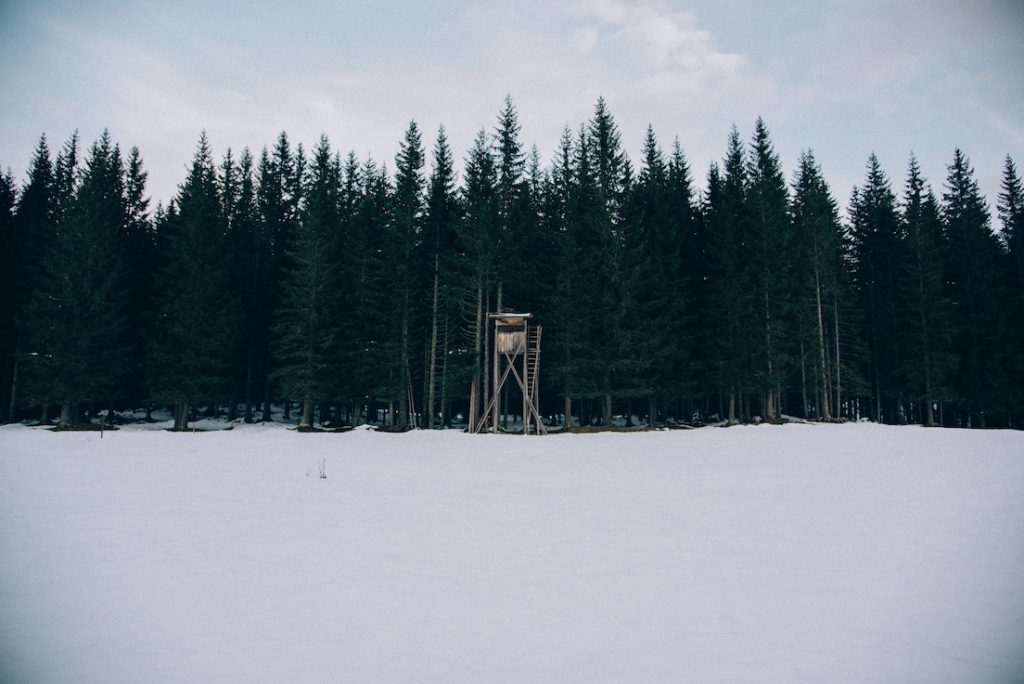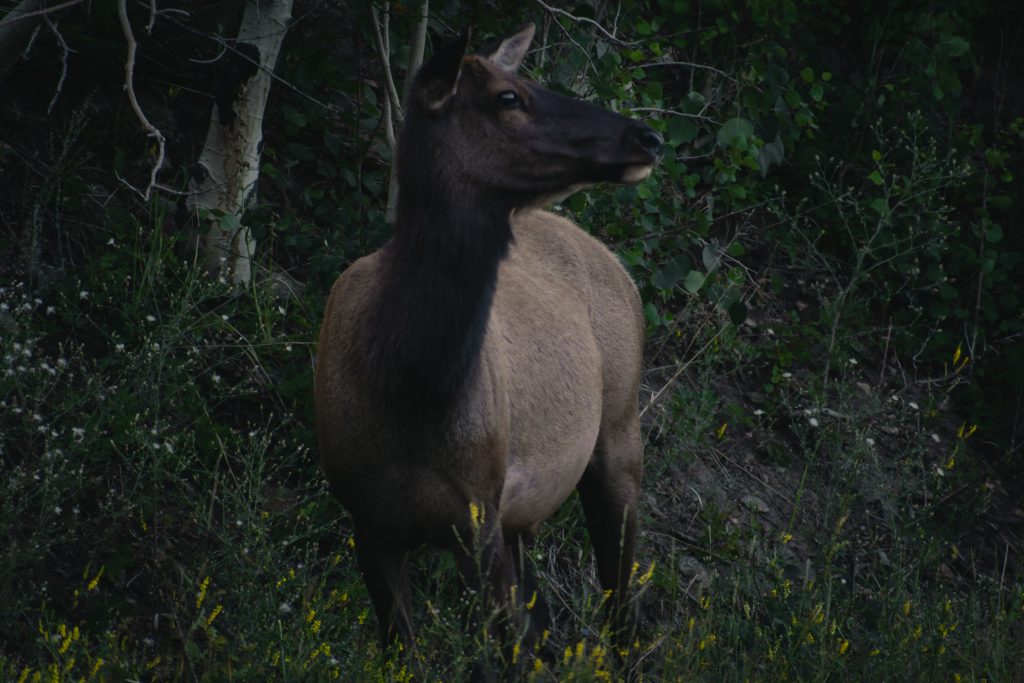A deer’s daily routine isn’t exactly as clear-cut as a human. Unlike our routines that are dictated by the concept of schedules and time, theirs is a routine driven by instinct and needs. Most hunters make their hunting trip in the morning before sunrise. But is this really the best time to hunt a deer?
What is the best time to hunt deer?
The height of legal deer activity happens just after daylight, and just before dark. Morning and evening hunts each have their own pros and cons. Deer are more active during the night time because that’s when they are supposed to get food. Sadly, some states prohibit hunting during night time. The limited light source could also take a toll on your accuracy and precision. Morning hunts give you the good lighting, and it also coincides with your own sleeping schedule. The bad news is deer can be headed to bed as we are getting up.

Many other factors also come into play about the best times
Daily Routine
In order to understand the best time to hunt deer, we need to know their daily routine. Deer don’t exactly follow a timed schedule for their daily routine. Still, their activities unconsciously fall under a certain pattern. This general guideline is usually what hunters go by, to figure out the most viable time of day to catch their prey off guard.
Unlike humans, deer don’t start their day when the sun rises. It’s actually quite the opposite. They’ll only wake up when the sun is already setting, which could be anywhere from 3 pm to 6 pm. This is the reason why many people mistake them for a nocturnal animal. In reality, deer are neither diurnal nor nocturnal. They are considered as crepuscular animals for they are primarily more active during the dusk and dawn. They do this to avoid other animal predators that are active during the peak hours of the day or night.
After waking up in the evening, their biggest priority would be food. This is when they would start to venture their way towards available food sources. Keep in mind that, just like people, they’re also extra cranky during breakfast. This means they would also be more alert and aggressive when eating.
As the night deepens, the deer would start to become more active. They either then start to go around and graze the woods and other food sources or go back to their bedding sites. But since they’re not really nocturnal animals, they don’t have the best night vision. Unfortunately, neither do you. So unless you have other techniques to accurately locate your target without relying on visual signals, you might want to re-evaluate your plan of using this to your advantage. We don’t encourage night hunting unless you are in a rare area that allows some type of night action. It can cause injury, not death to the deer and potentially kill someone that is mistaken for a deer.
A couple of hours later, they would head out again to eat. Eating their last meal for the day would often result
But that’s not all! Just like how some humans crave a midnight snack in the middle of their slumber, deer usually wake up in the middle of the day (11 am to 1 pm) to go for a nibble.
However, keep in mind that although this guideline is already pretty accurate, there are still certain elements that might completely throw all these off

Season
The current season is also another factor that plays a vital role in determining a deer’s behavior. The condition of their environment and their habitat would obviously affect their actions throughout the whole period.
Their activity during the early spring depends on how well they fared the previous winter. If they barely made it, they would be more cerseless. Their daily routine would start much earlier than expected and their slumber would have to come much later. Their peak hours would be sometime between early morning to late afternoon. Once the initial exuberance subsides, they would then start to prioritize resources and would stick to areas with the most abundant food sources. There is often very little to no movement during the day but a lot during bedtime to find other bedding sites.
In the summer, deer are often in a slump due to the hot weather. This means that they’ll be more active when the sun’s not up and burning. However, some fawns become agitated during bedtime due to the intense heat. This triggers them to wonder around during the late afternoon or early evening.
Now, their activity during the fall is a bit complex compared to the other seasons. In the early fall, they like to eat sumptuously. They’d be willing to go through extreme lengths just to find a bountiful food resource. Most hunters usually strike in the middle of this season, when the deer have finally settled down into some kind of routine. At this point, the deer would go through three cycles of eating and resting in just one day: one during the dusk, one during the dawn, and one during noon. Another reason why this season is more complicated than others is because it is also the rut or the breeding season. This is when the bucks become more erratic and restless because their hormones are at a height to potentially attract does and create new fawns. Their movements and activities become less and less predictable during this period. Expect some unusual activity even during the day.
Eventually, the rut will end and winter would set in. The cold weather may prompt deer to be active during mid-afternoon to take advantage of the heat during those times. Deer also prefer grazing an open field during this time.
Other factors
On top of all that, several aspects determine the best time to hunt deer such as temperature, weather, availability of resources, and moon position could also affect your chance of getting a trophy buck.
Temperature
Along with knowing the best time to hunt deer, temperature and weather also come into play. If you’re wondering which temperature is better: hot or cold, the answer is the latter, cool climate is much more ideal for deer since too much heat would just cause them to sleep more during daytime.
Nevertheless, a dormant temperature, even if it’s high or low, is bad news if you want your prey to be active during your hunt. A sudden change in temperature is what a deer needs to snap out of a slump. You need to watch out for a 10 to 15-degree drop or rise in the temperature for it is a signal that your quarries are probably going to be up and about in no time
Weather
A little rain never killed a hunter, but it might get him his kill. As stated earlier, a sudden change in temperature gets the buck moving. And what changes the temperature more effectively than
Availability of Resources
Just like any other living being, deer also value survival. So if your location isn’t exactly ideal, then you’re also probably going to go home empty-handed. Try and scout for areas with quality food and water sources and optimal bedding settings. Any places with an abundance
Phase of the Moon
Many dismiss this one as nothing but a superstition. But is it? Believe it or not, the current phase of the moon can greatly influence the feeding activity of the deer. They are more likely to eat more and seek beddings earlier during a full moon while they are more likely to spend more time in their beddings during the new moon. This is due to the fact that, as mentioned earlier, deer don’t have an adequate night vision, that’s why they try to utilize the bright light of the moon to their advantage as much as they can.
Hunting Pressure
Areas that received the brunt of previous hunting season would be less likely to experience that much daylight activity on the current season. There’ll be more chances of you getting your catch in an area that’s still not yet discovered by other hunters. Asides from the fact that there would be lesser competition, the animals there would probably not be as guarded and on edge.
There’s no such thing as a silver bullet when it comes to hunting. Being able to make a
While you are here, you may want to check out:
